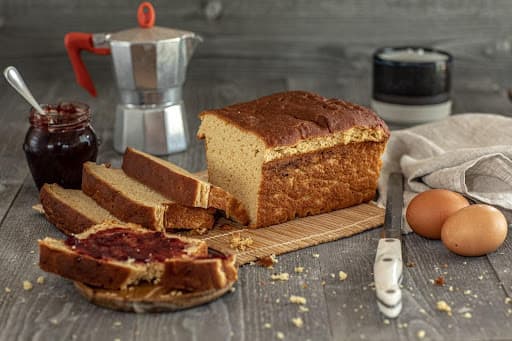For some reason, some foods we eat are not exactly good for some of us. Take what, barley and rye, for instance. As nutritious as they may seem, they contain certain proteins known as gluten– something a group of people are not allowed to ingest. If you’re suffering from conditions like gluten sensitivity or celiac disease, you must already know that you should avoid foods that have gluten.
The problem goes beyond knowing what not to eat by determining their content to knowing what to eat. With this post, we have put together 30 top gluten-free foods that you can include in your diet and food calendar in a bid to prevent complications.
Top 30 Foods for Gluten-free Diet

Whole Grains
Bear in mind that there are a few whole grains that contain gluten, but most do not ‘naturally’ contain gluten. You should also be mindful of contamination. Some gluten-free whole grains may meet gluten contamination, especially in processing factories where multiple foods are processed. Some gluten-free whole grains include.
- Brown Rice
- Sorghum
- Millet
- Quinoa
- Wild Rice
- Tapioca
Some Proteins
Even though gluten is a group of proteins, it doesn’t mean all proteins contain gluten. In fact, there are several proteins that are naturally gluten-free which can serve as great additions to your diet. Protein can be animal or plant-based and are mostly natural, but some people use ingredients like flour, soy sauce and malt vinegar as fillers, and these contain gluten. Here are some gluten-free proteins.
- Red meat, such as pork, fresh beef, bison, and lamb
- Seeds and nuts
- Poultry, like turkey and fresh chicken
- Legumes, such as lentils, peanuts, beans, and peas
- Seafood, like scallops, fish, and shellfish
Fruits and Vegetables
Is it even possible to go wrong with fruits and vegetables? Apart from packing loads of vitamins and minerals, fruits, and veggies- fresh from the tree or soil- are naturally gluten-free. The keyword here is “fresh”. When fruits are taken into factories for processing, gluten can be added for as a thickened or for flavoring. Be sure to eat them fresh if you’re gluten sensitive.
- Apples
- Bananas
- Oranges, and other members of the citrus family
- Berries
- Mushrooms
- Greens, like kale and spinach
- Broccoli, and other cruciferous vegetables
- Carrots
- Green beans
Fats and Oils
Naturally, fats and oils do not contain gluten. Some manufacturers may go on to add additives with some gluten. Make sure you eat natural fats and oils and be sure to check before you eat any packed product within this class of food. Some fats and oils to eat comfortably are.
- Olives (Olive Oil)
- Coconut Oil
- Butter and ghee
- Avocados, which also includes its oil.
Dairy
Like many other foods, you won’t have a problem with dairy foods except those processed with flavors or additives. If you find yourself in a store looking out for a dairy product, you should double-check to be sure. Among the many naturally gluten-free dairy foods are.
- Cheese
- Milk
- Yoghurt
Spices, Condiments, Sauces
While we talk about the major foods, we shouldn’t spoil the pudding with contaminated spices, should we? There are some gluten-containing spices, just as there are gluten-free spices, sauces, and condiments. If you’re not trying to emulsify them with wheat flour, malt, or modified food starch, you won’t have a problem. The main condiment, sauce, and spice to consider are.
- White, distilled or Apple Cider Vinegar
- Coconut Aminos
- Tamari
Those are 30 suggested gluten-free foods to consider if you’re on a gluten-free diet or suffering from celiac disease. Other foods to consider are Beverages. To be safe, stick to water, 100% freshly squeezed fruit juice, tea, coffee, and lemonade. For other packaged drinks, be sure to double-check the package for information.

Leave a Reply
You must be logged in to post a comment.